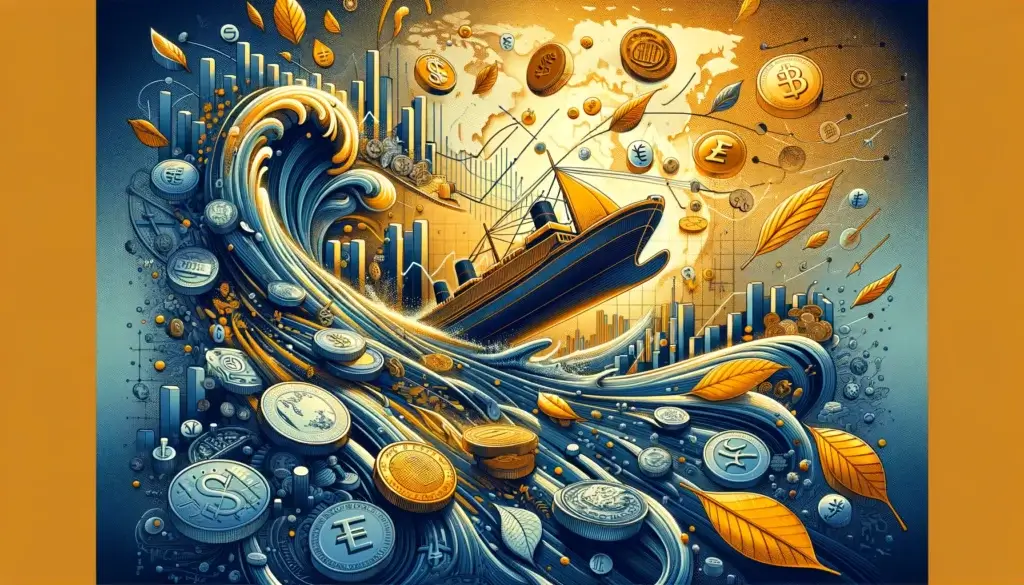
Written By Zsolt Jirka
| Key Milestone | Key Takeaways The History of Forex Trading |
|---|---|
| Barter System | The original form of trading, involving direct exchange of goods without a standardized currency. |
| Gold Coins | Introduced as a standardized medium for trade, making transactions easier and more universal. |
| Gold Standard | Allowed currencies to be valued in terms of gold, but was abandoned due to its impracticality. |
| Bretton Woods System | Established post-WWII, tying currencies to the US dollar for global financial stability. |
| Free-Floating System | Transitioned in the 1970s, making currency values subject to market forces. |
| Plaza Accord | A significant event where major countries agreed to devalue the US dollar. |
| Introduction of the Euro | Created a single currency for many European Union countries, simplifying trade. |
| Digital Revolution | In the 1990s, democratized forex trading, making it accessible worldwide. |
Introduction To The History of Forex Trading
Have you ever been curious about how people from different countries manage to buy and sell things to each other? After all, not everyone uses dollars or euros, right? Forex trading is the superhero that solves this problem, allowing people and countries to exchange different types of money easily.
Early Trading Systems
The Barter System
Long before we had money, people exchanged goods directly, a system known as bartering. Imagine going to the market with a basket of apples hoping to trade them for a chicken. That’s how people shopped for what they needed!
The Introduction of Gold Coins
As time went on, carrying goods to trade became cumbersome. To make life easier, gold coins were introduced. These shiny pieces of metal became valuable tools for buying goods and services across the world.
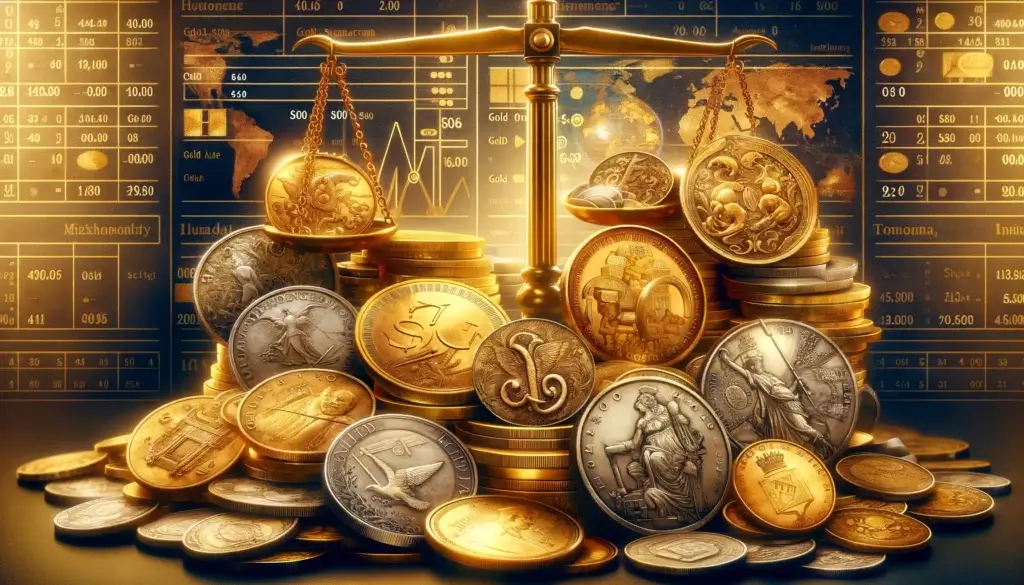
The Gold Standard
In the 19th century, the world shifted to what is known as the gold standard. This meant that the value of paper money could be exchanged for a certain amount of gold. However, during the tough times of World War I, countries found it difficult to maintain this system as they printed more money to fund their military expenses.
The Bretton Woods System
After the chaos of World War II, countries came together to create a new financial system called the Bretton Woods system. This aimed to prevent future economic chaos by tying currencies to the US dollar instead of gold. It was like having a global money club where everyone agreed on how much their money was worth in terms of dollars.
The Free-Floating System
In the 1970s, the Bretton Woods system was replaced by what we call the free-floating currency system. This means that the value of money is not fixed to anything specific but changes based on supply and demand. If lots of people want a particular currency, its value goes up, and if not, it goes down.
Key Events in Forex History
The Plaza Accord
One of the landmarks in forex history is the Plaza Accord in 1985, where major countries agreed to lower the value of the dollar to reduce the US trade deficit. It was a big deal because it showed that countries could come together to adjust their currency values on purpose.
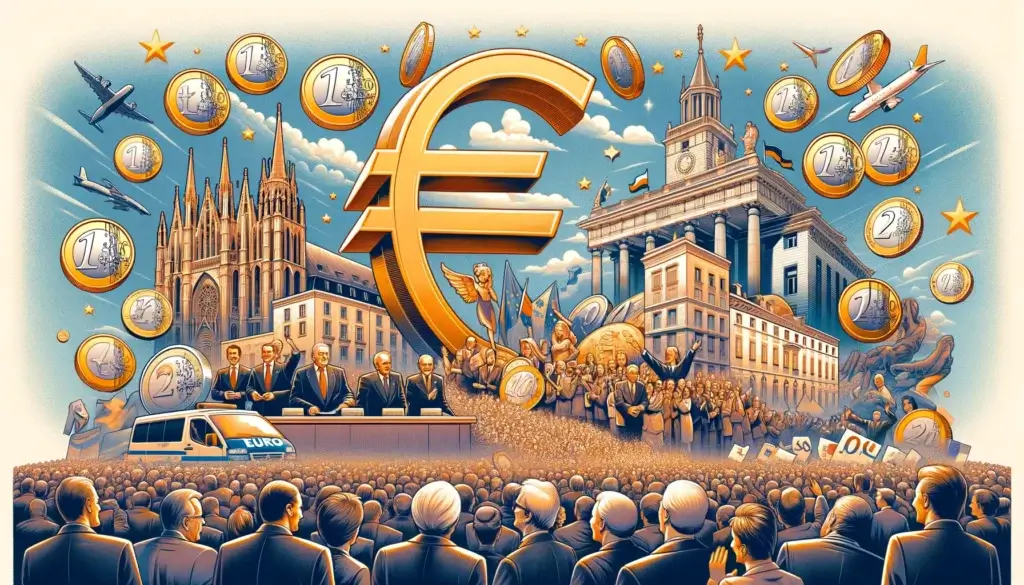
The Introduction of the Euro
In 1999, Europe introduced the euro, a single currency used by many countries in the European Union. This was a huge step in making trade easier between these countries, as they no longer had to constantly exchange currencies.
The Rise of Digital Trading
The advent of the internet and digital technology in the 1990s revolutionized forex trading. Now, anyone with a computer can participate in this global market, trading currencies at the click of a button.
Conclusion
The history of forex trading is a fascinating journey from barter to digital currency exchanges. It plays a crucial role in our global economy, allowing countries to trade and do business with each other smoothly. As the world becomes more connected, forex trading will continue to be an essential part of how we interact with each other on a global scale.
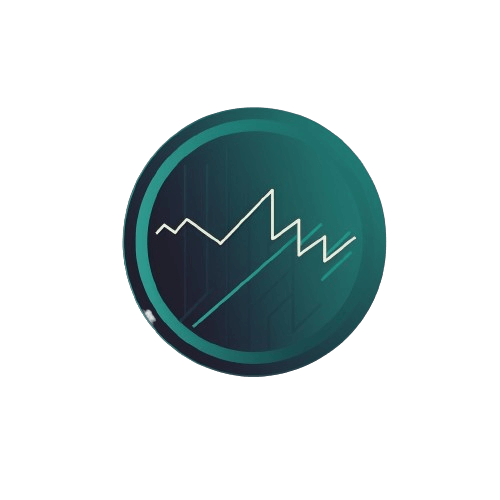
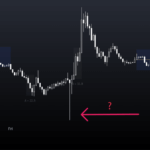


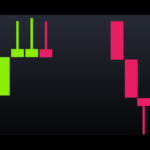
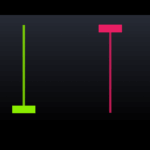
Leave a Reply